Your cart is currently empty!
Tag: Data Center Facilities Management
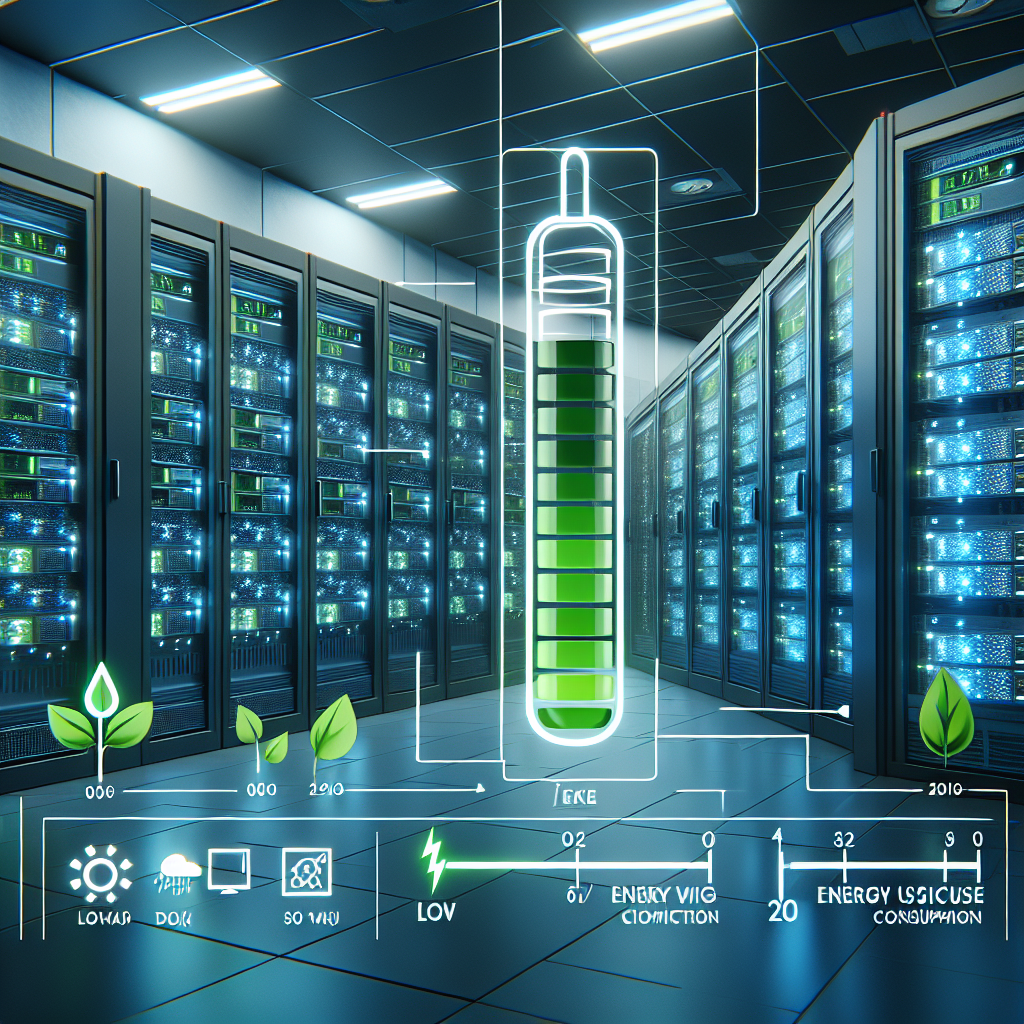
Optimizing Data Center Performance through Strategic Power Distribution
Data centers are the backbone of modern businesses, housing the critical infrastructure and applications that support daily operations. With the increasing demand for data processing and storage, optimizing data center performance has become a top priority for IT professionals. One key aspect of data center optimization is strategic power distribution.Power distribution plays a crucial role in ensuring the reliability and efficiency of a data center. By strategically distributing power to servers and other equipment, organizations can maximize performance, minimize downtime, and reduce energy costs. Here are some key strategies for optimizing data center performance through strategic power distribution:
1. Implementing Redundant Power Supplies: Redundancy is critical in data center operations to ensure uninterrupted power supply in case of a failure. By deploying redundant power supplies for servers and networking equipment, organizations can eliminate single points of failure and improve the overall reliability of the data center.
2. Utilizing Power Distribution Units (PDUs): PDUs are essential components in data center power distribution, providing a centralized point for managing and distributing power to servers and other equipment. By deploying intelligent PDUs with features such as remote monitoring and power metering, organizations can gain visibility into power consumption and optimize energy usage.
3. Adopting Energy-Efficient Technologies: Energy efficiency is a key consideration in data center operations, as power consumption can account for a significant portion of operating costs. By adopting energy-efficient technologies such as high-efficiency power supplies, server virtualization, and cooling systems, organizations can reduce energy consumption and lower operating expenses.
4. Implementing Power Monitoring and Management Tools: Monitoring power consumption and distribution is essential for optimizing data center performance. By implementing power monitoring and management tools, organizations can track energy usage, identify inefficiencies, and make informed decisions to improve power distribution and overall performance.
5. Conducting Regular Power Audits: Regular power audits are essential for identifying potential issues and optimizing power distribution in the data center. By conducting comprehensive power audits, organizations can identify areas of improvement, optimize power distribution, and ensure the reliable operation of critical infrastructure.
In conclusion, optimizing data center performance through strategic power distribution is essential for maximizing efficiency, reliability, and cost-effectiveness. By implementing redundant power supplies, utilizing PDUs, adopting energy-efficient technologies, implementing power monitoring tools, and conducting regular power audits, organizations can optimize power distribution and improve overall data center performance. Investing in strategic power distribution is a critical step towards achieving a high-performing and reliable data center infrastructure.
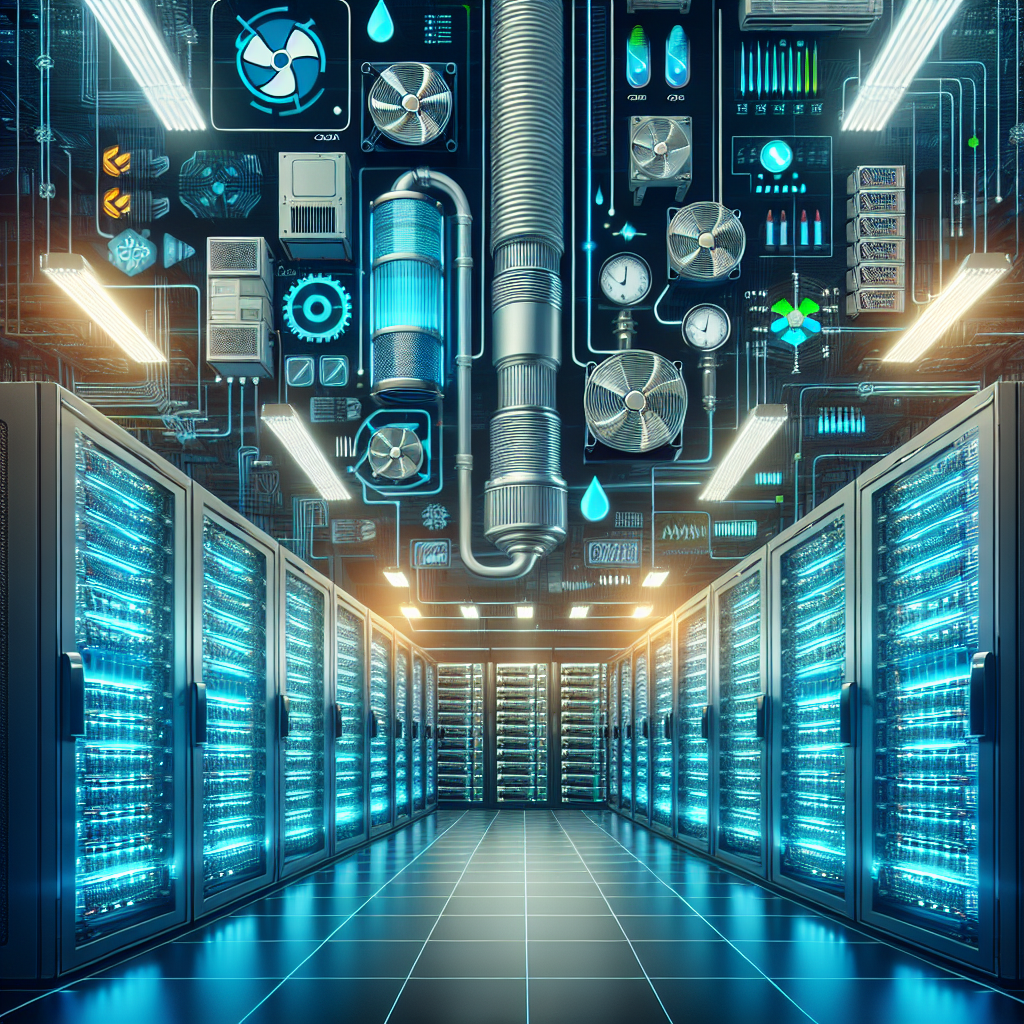
Key Trends in Data Center Cooling: What You Need to Know
Data centers are the backbone of modern businesses, housing the vital infrastructure that enables organizations to store, process, and manage their data. With the increasing demand for data storage and processing power, data centers are becoming larger and more complex, resulting in higher energy consumption and heat generation. Efficient cooling systems are essential to ensure the smooth operation of data centers and prevent equipment failures due to overheating.As technology continues to evolve, data center cooling strategies are also evolving to keep pace with the increasing demands of modern IT infrastructure. Here are some key trends in data center cooling that you need to know:
1. Increased focus on energy efficiency: Energy consumption is a major concern for data center operators, as cooling systems can account for a significant portion of the total energy usage. As a result, there is a growing emphasis on improving the energy efficiency of cooling systems through the use of innovative technologies such as liquid cooling, free cooling, and variable-speed fans. These technologies can help reduce energy consumption and operational costs while maintaining optimal operating temperatures.
2. Adoption of liquid cooling: Liquid cooling is becoming increasingly popular in data centers as a more efficient alternative to traditional air cooling systems. Liquid cooling systems can remove heat more effectively than air-based systems, allowing for higher density server configurations and more efficient cooling of high-performance computing equipment. Liquid cooling can also help reduce noise levels and improve the overall reliability of data center cooling systems.
3. Use of free cooling: Free cooling, also known as air-side economization, is a cost-effective cooling strategy that leverages the natural cooling properties of outside air to reduce the need for mechanical cooling systems. By incorporating free cooling into data center design, organizations can significantly reduce energy consumption and lower operating costs. Free cooling is particularly effective in regions with moderate climates, where ambient temperatures are conducive to cooling data center equipment without the need for additional energy-intensive cooling systems.
4. Integration of artificial intelligence: Artificial intelligence (AI) is playing an increasingly important role in data center cooling, enabling operators to optimize cooling system performance and energy efficiency. AI-powered algorithms can analyze data center temperature and humidity levels in real-time, predict cooling system failures, and automatically adjust cooling settings to maintain optimal operating conditions. By leveraging AI technology, data center operators can improve cooling system reliability, reduce downtime, and lower energy costs.
5. Modular and scalable cooling solutions: Modular cooling solutions are gaining popularity in data center design, allowing organizations to easily scale cooling capacity as their data center needs grow. Modular cooling systems can be quickly deployed and integrated into existing data center infrastructure, providing flexibility and scalability to meet changing cooling requirements. By adopting modular cooling solutions, organizations can optimize cooling efficiency, reduce capital expenditures, and improve overall data center performance.
In conclusion, data center cooling is a critical aspect of data center design and operation, and staying abreast of key trends in cooling technology is essential for ensuring the efficient and reliable operation of modern data centers. By embracing energy-efficient cooling solutions, adopting innovative technologies, and leveraging AI-powered tools, organizations can optimize cooling system performance, reduce energy consumption, and enhance the overall reliability of their data center infrastructure.
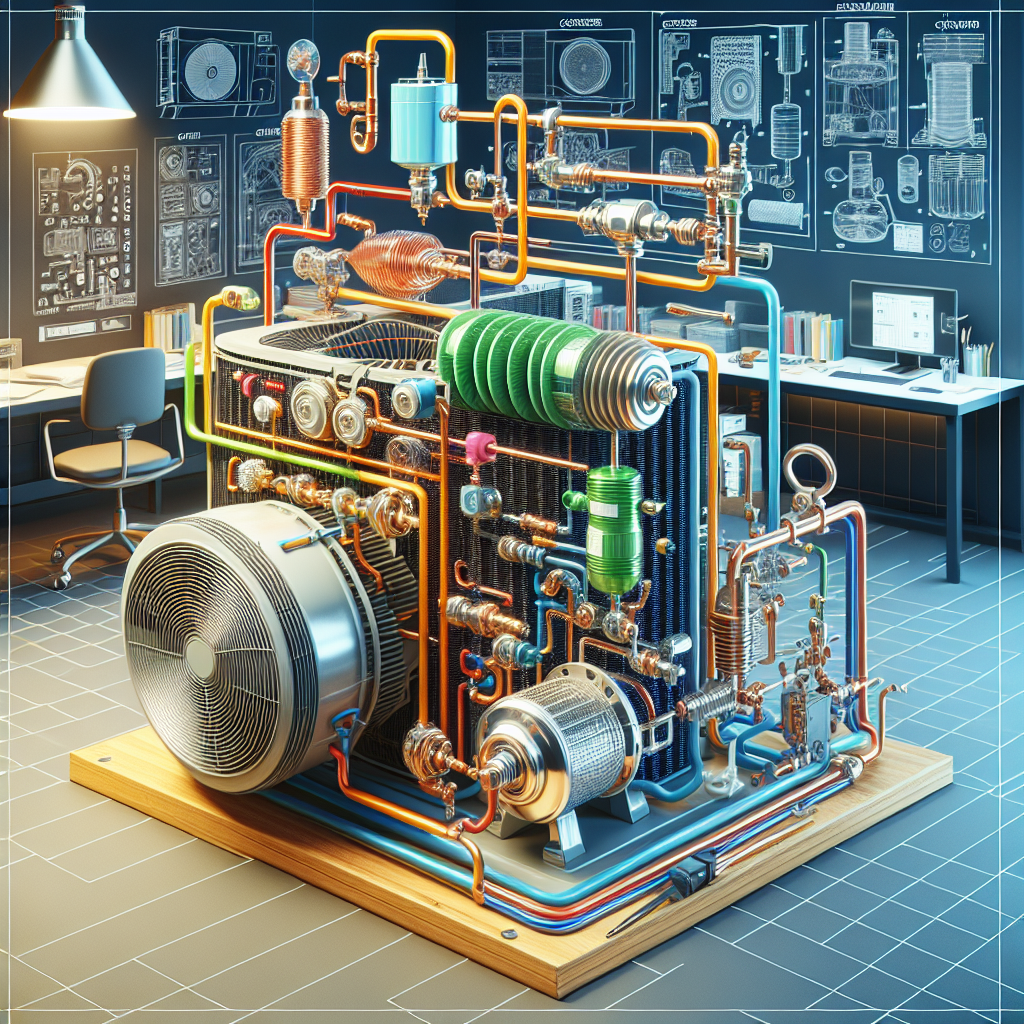
Understanding the Basics of Air Conditioning Systems
Air conditioning systems are a crucial component of any modern building, providing comfort and maintaining a healthy indoor environment. Understanding the basics of how these systems work can help you make informed decisions when it comes to installation, maintenance, and repair.One of the key components of an air conditioning system is the compressor, which is responsible for circulating refrigerant through the system. The refrigerant absorbs heat from the indoor air and releases it outside, cooling the air in the process. The compressor also pressurizes the refrigerant, allowing it to cycle through the system efficiently.
Another important component of an air conditioning system is the evaporator coil, which is located inside the indoor unit. As the refrigerant passes through the coil, it absorbs heat from the indoor air, cooling it down. The cooled air is then circulated back into the room through ductwork or vents.
The condenser coil is located in the outdoor unit of the air conditioning system. It releases the heat absorbed from the indoor air, allowing the refrigerant to cool down and cycle back through the system. The condenser fan helps to dissipate the heat, ensuring that the system operates efficiently.
Air filters are also an essential part of an air conditioning system, as they help to trap dust, pollen, and other allergens, improving indoor air quality. It is important to regularly clean or replace the filters to ensure that the system functions properly and efficiently.
Thermostats are another key component of an air conditioning system, allowing you to control the temperature and humidity levels in your building. Programmable thermostats can help you save energy and money by automatically adjusting the temperature based on your schedule and preferences.
Regular maintenance is essential to keep your air conditioning system running smoothly. This includes cleaning or replacing air filters, checking for leaks or blockages in the ductwork, and ensuring that all components are functioning properly. It is also important to schedule regular professional inspections and tune-ups to prevent costly repairs and extend the lifespan of your system.
In conclusion, understanding the basics of air conditioning systems can help you make informed decisions when it comes to installation, maintenance, and repair. By familiarizing yourself with the key components and functions of these systems, you can ensure that your building remains comfortable and healthy all year round.
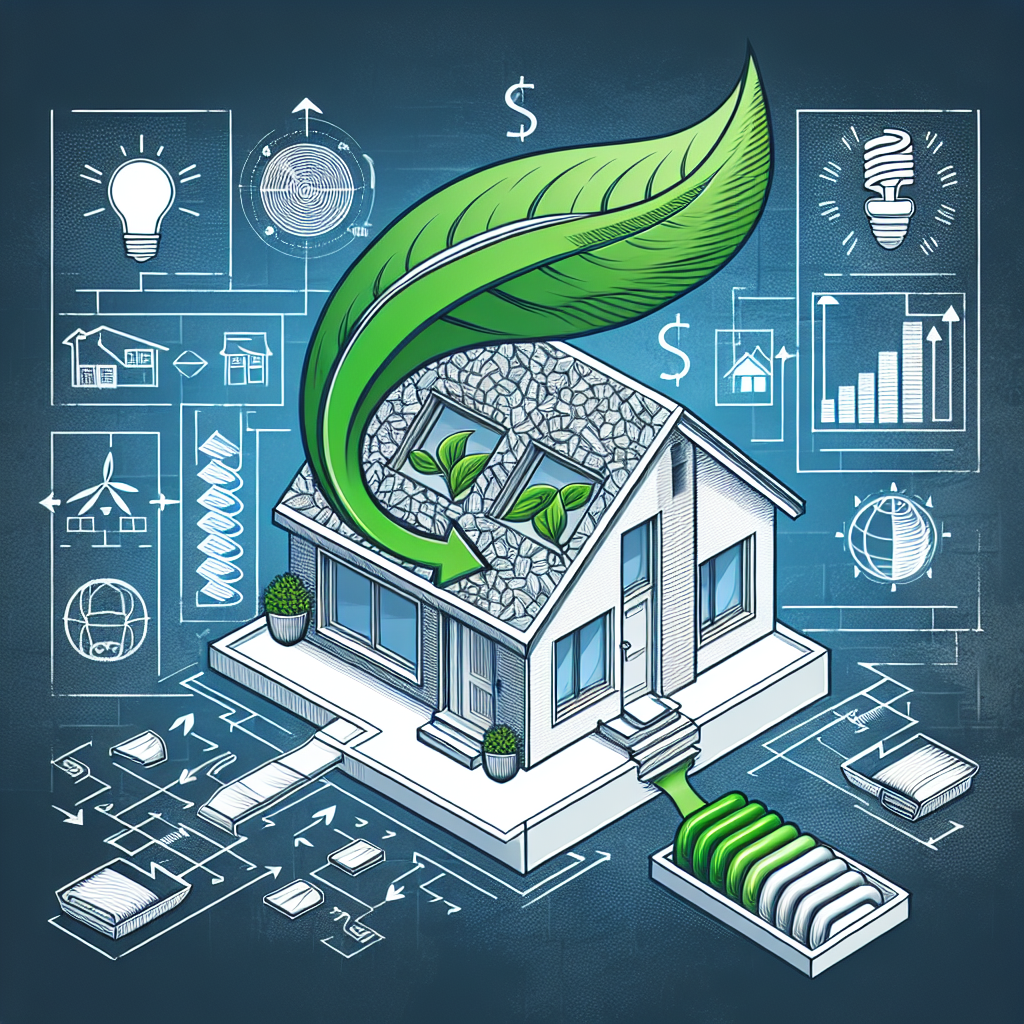
Maximizing Energy Efficiency with Proper Ventilation
Maximizing Energy Efficiency with Proper VentilationIn today’s world, energy efficiency is more important than ever. With concerns about climate change and rising energy costs, it’s essential to find ways to reduce our energy consumption. One often overlooked aspect of energy efficiency is proper ventilation. By ensuring that your home or building is properly ventilated, you can not only improve indoor air quality but also increase energy efficiency.
Proper ventilation is essential for maintaining a healthy indoor environment. Without adequate ventilation, indoor air can become stagnant and filled with pollutants such as dust, mold, and chemicals from cleaning products. This can lead to a range of health problems, including respiratory issues, allergies, and headaches. Additionally, poor ventilation can also cause excess moisture to build up in your home, leading to mold growth and structural damage.
However, proper ventilation doesn’t just benefit your health – it can also help you save money on your energy bills. By allowing fresh air to circulate through your home, ventilation can help regulate indoor temperatures and reduce the need for heating and cooling. This means that you can enjoy a more comfortable living environment while using less energy.
There are several ways to maximize energy efficiency with proper ventilation. One simple and cost-effective solution is to install exhaust fans in areas prone to moisture buildup, such as bathrooms and kitchens. These fans can help remove excess humidity and prevent mold growth. Additionally, opening windows and doors when weather permits can also help improve ventilation and reduce the need for artificial heating and cooling.
For more advanced ventilation solutions, consider investing in a whole-house ventilation system. These systems use fans and ductwork to circulate fresh air throughout your home, ensuring that indoor air quality remains high while reducing energy consumption. Some whole-house ventilation systems can even recover heat from outgoing air, further increasing energy efficiency.
In conclusion, proper ventilation is essential for maximizing energy efficiency in your home or building. By ensuring that your space is well-ventilated, you can improve indoor air quality, reduce the risk of health problems, and save money on your energy bills. Whether you opt for simple solutions like exhaust fans or invest in a whole-house ventilation system, taking steps to improve ventilation will benefit both your health and your wallet in the long run.
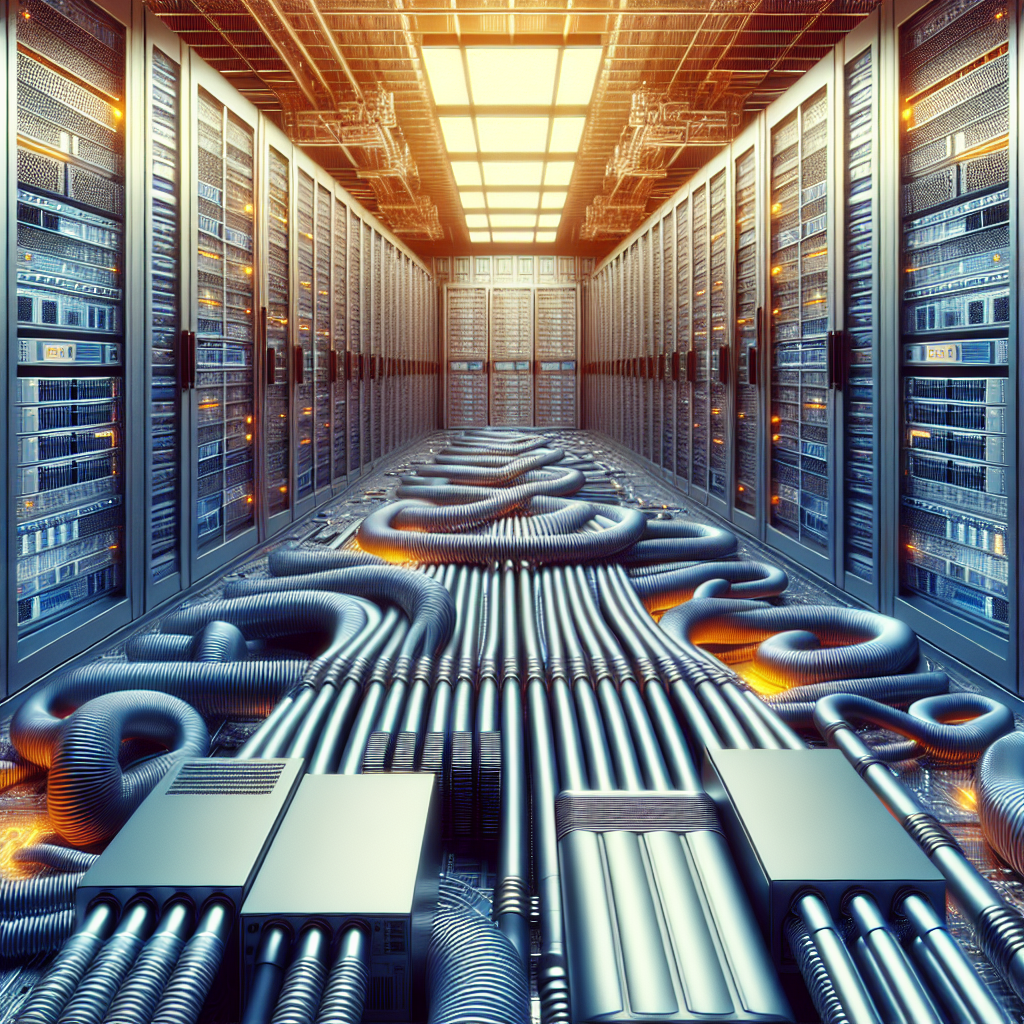
The Impact of HVAC Systems on Data Center Performance
Data centers are the backbone of modern businesses, housing critical information and infrastructure that keep organizations running smoothly. In order to ensure optimal performance and reliability, data centers require precise environmental conditions, including temperature and humidity control. This is where HVAC (Heating, Ventilation, and Air Conditioning) systems come into play.The impact of HVAC systems on data center performance cannot be overstated. These systems are essential for maintaining the ideal operating conditions for sensitive electronic equipment and servers. Without proper cooling and ventilation, data centers can experience overheating, which can lead to system failures, downtime, and potentially catastrophic data loss.
One of the key functions of HVAC systems in data centers is to regulate temperature. Servers and other equipment generate a significant amount of heat while in operation, and without proper cooling mechanisms in place, this heat can quickly build up and cause equipment to malfunction. HVAC systems help to dissipate this heat and maintain a consistent temperature throughout the data center, preventing overheating and ensuring that equipment operates efficiently.
In addition to temperature control, HVAC systems also play a crucial role in managing humidity levels. High humidity can lead to condensation, which can damage equipment and cause electrical malfunctions. On the other hand, low humidity can create static electricity, which can also harm sensitive electronic components. HVAC systems help to maintain optimal humidity levels, protecting equipment from moisture-related issues and ensuring continued performance.
Furthermore, HVAC systems are essential for maintaining air quality within data centers. Dust, dirt, and other contaminants can clog equipment and hinder performance. HVAC systems help to filter out these particles, ensuring that the air circulating within the data center is clean and free of impurities that could damage sensitive equipment.
Overall, the impact of HVAC systems on data center performance is undeniable. By providing essential temperature control, humidity regulation, and air quality management, these systems play a critical role in ensuring that data centers operate efficiently and reliably. Investing in high-quality HVAC systems and regularly maintaining them is essential for organizations looking to maximize the performance and longevity of their data center infrastructure.

How Outsourcing Data Center Servicing Can Benefit Your Business
In today’s digital age, businesses rely heavily on their data centers to store, manage, and process their critical information and applications. However, maintaining and servicing a data center can be a complex and time-consuming task that requires specialized knowledge and expertise. This is where outsourcing data center servicing can provide significant benefits for businesses of all sizes.One of the primary benefits of outsourcing data center servicing is cost savings. By partnering with a third-party provider, businesses can avoid the high upfront costs of building and maintaining their own data center infrastructure. Instead, they can leverage the provider’s existing facilities and resources, allowing them to benefit from economies of scale and lower overall operational costs.
Outsourcing data center servicing also allows businesses to access a team of experienced professionals who are dedicated to ensuring the optimal performance and reliability of their data center. These experts have the knowledge and skills to proactively monitor and manage the data center environment, identify potential issues before they escalate, and implement best practices to maximize efficiency and uptime.
Furthermore, outsourcing data center servicing can help businesses improve their agility and scalability. As their needs evolve and grow, they can easily scale their data center resources up or down without having to invest in additional hardware and infrastructure. This flexibility allows businesses to adapt quickly to changing market conditions and technological advancements, giving them a competitive edge in their industry.
Another key benefit of outsourcing data center servicing is enhanced security and compliance. Data centers contain sensitive and confidential information that must be protected from unauthorized access, data breaches, and other security threats. By partnering with a reputable provider, businesses can benefit from state-of-the-art security measures, such as firewalls, encryption, and access controls, to safeguard their data and ensure compliance with industry regulations.
In conclusion, outsourcing data center servicing can provide businesses with a wide range of benefits, including cost savings, access to experienced professionals, improved agility and scalability, and enhanced security and compliance. By entrusting their data center management to a trusted partner, businesses can focus on their core operations and strategic initiatives, confident that their critical data and applications are in safe hands.

The Importance of Data Center Monitoring: Ensuring Efficiency and Security
In today’s digital age, data centers play a crucial role in the operation of businesses and organizations. These facilities house and manage the critical IT infrastructure that stores and processes vast amounts of data. As data centers continue to grow in size and complexity, monitoring their performance and security has become more important than ever.Data center monitoring is the process of tracking and analyzing the performance and health of the various components within a data center. This includes monitoring servers, storage systems, networking equipment, and environmental factors such as temperature and humidity. By continuously monitoring these elements, data center administrators can ensure that everything is running smoothly and efficiently.
One of the key benefits of data center monitoring is the ability to identify and address potential issues before they become major problems. By monitoring performance metrics such as server load, storage capacity, and network traffic, administrators can proactively detect issues such as hardware failures, network congestion, or security breaches. This proactive approach can help prevent costly downtime and data loss, ultimately ensuring the continued operation of the data center and the services it supports.
In addition to ensuring efficiency, data center monitoring also plays a critical role in maintaining security. With the increasing threat of cyber-attacks and data breaches, it is more important than ever for data center administrators to closely monitor and protect their systems. By monitoring network traffic, detecting suspicious activity, and implementing security measures such as firewalls and intrusion detection systems, administrators can help safeguard their data centers and the sensitive information they contain.
Furthermore, data center monitoring can also help organizations comply with regulatory requirements and industry standards. Many regulations, such as the General Data Protection Regulation (GDPR) and the Health Insurance Portability and Accountability Act (HIPAA), require organizations to implement measures to protect the security and privacy of their data. By monitoring their data centers and implementing security best practices, organizations can demonstrate compliance with these regulations and avoid costly fines and penalties.
In conclusion, data center monitoring is essential for ensuring the efficiency and security of modern data centers. By continuously monitoring the performance and health of their systems, administrators can proactively address issues, maintain security, and comply with regulatory requirements. Ultimately, effective data center monitoring is crucial for the continued success and operation of businesses and organizations in today’s digital world.
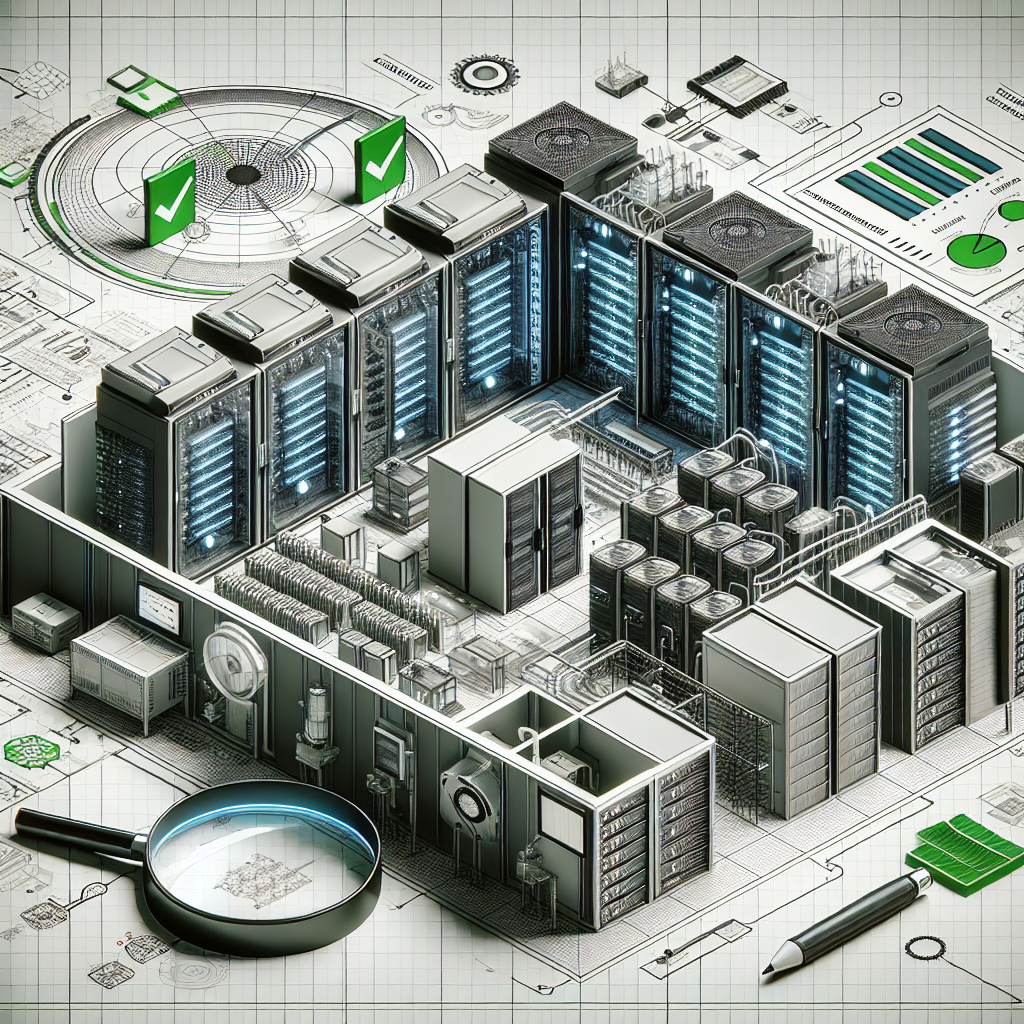
How to Improve Data Center Performance Through Effective Inspections
Data centers are the backbone of modern businesses, housing critical infrastructure and data that is vital for operations. With the increasing reliance on digital technologies, ensuring the optimal performance of data centers is more important than ever. One way to achieve this is through regular inspections and maintenance.Effective inspections play a crucial role in identifying potential issues before they escalate into larger problems that can disrupt operations and compromise data security. By conducting thorough inspections, data center operators can proactively address issues and make necessary improvements to enhance performance and reliability.
Here are some key steps to improve data center performance through effective inspections:
1. Develop a comprehensive inspection checklist: Before conducting an inspection, it is important to have a detailed checklist that outlines all the areas that need to be evaluated. This checklist should cover all aspects of the data center, including cooling systems, power distribution, security measures, and equipment maintenance.
2. Schedule regular inspections: Regular inspections should be scheduled at specific intervals to ensure that all systems are functioning properly and to identify any potential issues early on. Inspections can be conducted monthly, quarterly, or annually, depending on the size and complexity of the data center.
3. Prioritize critical systems: During inspections, it is important to prioritize critical systems that are essential for the operation of the data center. This includes power distribution, cooling systems, and security measures. By focusing on these critical systems, data center operators can ensure that they are functioning optimally and are prepared for any potential disruptions.
4. Use specialized tools and equipment: Inspections can be made more effective by using specialized tools and equipment that are designed for data center environments. This includes thermal imaging cameras, airflow meters, and power quality analyzers. These tools can help identify issues that may not be visible to the naked eye and provide valuable insights into the overall health of the data center.
5. Document findings and recommendations: After conducting an inspection, it is important to document all findings and recommendations in a detailed report. This report should include a summary of the inspection results, any issues that were identified, and recommendations for improvement. By documenting findings, data center operators can track progress over time and make informed decisions about maintenance and upgrades.
In conclusion, improving data center performance through effective inspections is essential for ensuring the reliability and security of critical infrastructure. By developing a comprehensive inspection checklist, scheduling regular inspections, prioritizing critical systems, using specialized tools and equipment, and documenting findings, data center operators can proactively address issues and enhance the overall performance of their data center.
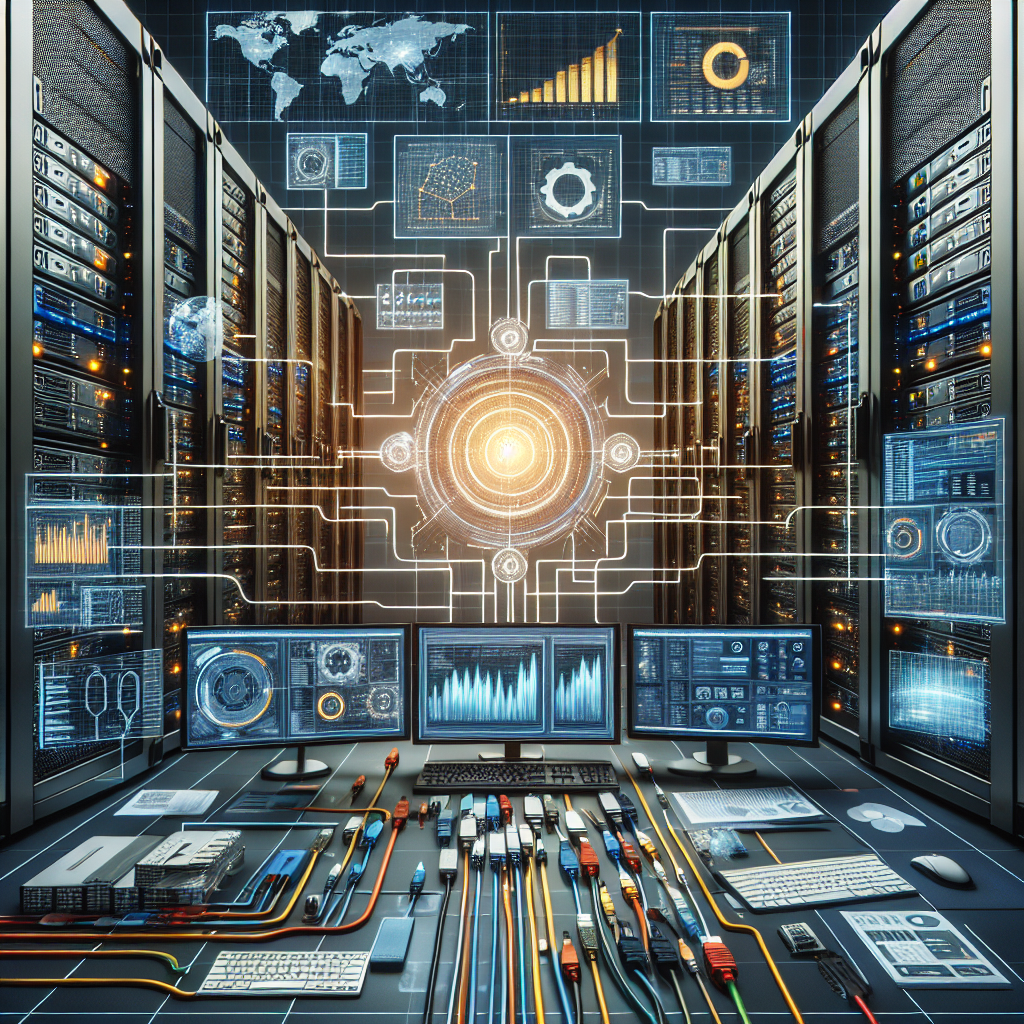
A Guide to Effective Data Center Troubleshooting Techniques
Data center troubleshooting is an essential skill for any IT professional responsible for maintaining the performance and reliability of a data center. When issues arise, it is critical to have a systematic approach to identifying and resolving the problem quickly to minimize downtime and prevent potential data loss. In this guide, we will discuss some effective data center troubleshooting techniques to help you effectively diagnose and resolve issues.1. Identify the Problem: The first step in troubleshooting any issue is to identify the problem. This may involve gathering information from users or monitoring tools to determine the symptoms of the issue. Common problems in data centers include network connectivity issues, hardware failures, and software errors.
2. Gather Information: Once you have identified the problem, gather as much information as possible to help diagnose the issue. This may include logs, error messages, and system performance data. It is important to have a clear understanding of the symptoms and potential causes of the problem before attempting to fix it.
3. Check Connections: Many data center issues can be traced back to faulty or loose connections. Check all cables, power cords, and network connections to ensure they are properly connected and secure. Re-seating cables and connections can often resolve connectivity issues.
4. Monitor System Performance: Monitoring system performance can help identify potential issues before they become critical. Use monitoring tools to track CPU usage, memory usage, disk space, and network traffic to identify any bottlenecks or performance issues that may be causing problems.
5. Test Hardware: If you suspect a hardware issue, test the hardware components to identify the faulty component. This may involve running diagnostic tests on servers, switches, and storage devices to identify any hardware failures.
6. Update Software: Ensure that all software and firmware in the data center are up to date. Software updates often include bug fixes and security patches that can resolve issues and improve system performance.
7. Document Changes: Keep detailed documentation of any changes made during the troubleshooting process. This will help track the steps taken to resolve the issue and can be useful for future reference if similar issues arise.
8. Escalate if Necessary: If you are unable to resolve the issue on your own, don’t hesitate to escalate the problem to a higher level of support. This may involve contacting vendors or consulting with other IT professionals for assistance.
By following these effective data center troubleshooting techniques, you can quickly diagnose and resolve issues to minimize downtime and maintain the performance and reliability of your data center. Remember to approach troubleshooting systematically, gather as much information as possible, and don’t be afraid to escalate the issue if necessary. With the right approach, you can effectively troubleshoot data center issues and keep your systems running smoothly.

Best Practices for Implementing Reactive Maintenance in Data Centers
In today’s fast-paced business environment, data centers play a crucial role in ensuring the smooth functioning of organizations. With the increasing reliance on technology, it is essential for data centers to operate efficiently and effectively to meet the demands of the digital age. One of the key strategies for maintaining data center uptime is implementing reactive maintenance practices.Reactive maintenance, also known as breakdown maintenance, involves addressing issues as they arise rather than proactively preventing them. While proactive maintenance is important for preventing potential problems, reactive maintenance is equally important for responding to unexpected incidents promptly.
Here are some best practices for implementing reactive maintenance in data centers:
1. Establish clear escalation procedures: In the event of a critical issue in the data center, it is important to have clear escalation procedures in place. This includes defining the roles and responsibilities of team members, establishing communication channels, and setting up a hierarchy of escalation for different types of incidents.
2. Monitor and analyze data center performance: Regular monitoring of key performance indicators (KPIs) can help identify potential issues before they escalate into major problems. By analyzing data center performance metrics, such as temperature, humidity, power consumption, and network traffic, IT teams can proactively address issues and prevent downtime.
3. Implement a robust incident management system: An incident management system is essential for tracking and resolving issues in a timely manner. This system should include a centralized repository for logging incidents, prioritizing tasks, assigning responsibilities, and tracking the resolution process. By streamlining incident management, data center teams can improve response times and minimize downtime.
4. Conduct regular equipment inspections: Regular inspections of data center equipment, such as servers, cooling systems, and power supplies, can help identify potential issues before they cause downtime. By conducting routine maintenance checks, IT teams can proactively address issues and prevent equipment failures.
5. Develop a comprehensive maintenance schedule: Developing a proactive maintenance schedule can help prevent potential issues from escalating into major problems. This schedule should include regular equipment maintenance, firmware updates, and system upgrades to ensure the data center operates efficiently and reliably.
6. Document procedures and best practices: Documenting reactive maintenance procedures and best practices can help ensure consistency and efficiency in resolving incidents. This includes creating standard operating procedures (SOPs), troubleshooting guides, and knowledge base articles to help IT teams quickly address issues and minimize downtime.
By implementing these best practices for reactive maintenance in data centers, organizations can enhance operational efficiency, minimize downtime, and ensure the smooth functioning of their critical IT infrastructure. In today’s digital age, where downtime can have significant financial and reputational consequences, proactive and reactive maintenance practices are essential for maintaining data center uptime and meeting the demands of the modern business environment.
